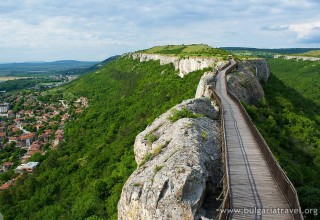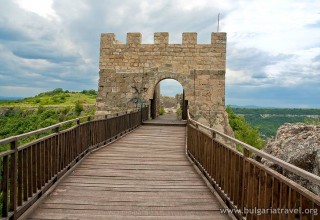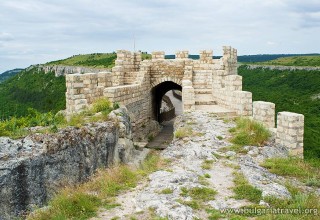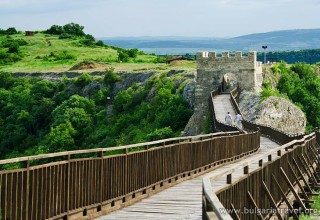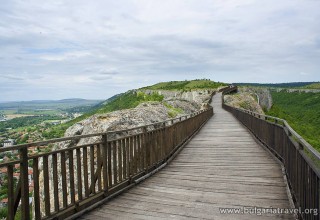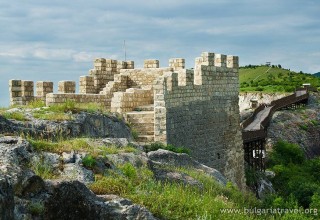Provadia is a settlement with over 15-centuries of history. The archaeological date refers to the oldest traces of human activity on the land of the settlement to the 5th century BC. It is believed that the city was founded as a Byzantium fortress to defend them against the invading tribal warriors from the North. The Byzantines called it Provat (passage or narrow). By the end of the 11th century Bulgarians named it Ovech, probably after the well developed sheep-breeding in this region.
Ovech Fortress is a stone stronghold located east of the town of Provadia
The fortress is mentioned under different names in the historical chronicles. The oldest one is the Byzantine name Provat. Bulgarians referred to it as Ovech, while Turks called it Tash hisar (which translates from Turkish as stone fortress). Archaeological research established that the fortress was used in periods from the 3rd century to the first decades of the 7th century, and then from the 10th-11th centuries until the end of the 17th century.
The fortress was inhabited successively by Thracians, Romans, Byzantines, Bulgarians, and Turks. It is related to the reign of Tsar Ivaylo (1277 – 1280), the crusade of Amadeus IV, Count of Savoy (1366), and the crusade of Vladislav Varnenchik (1444).
When at the fortress visitors can also see the talking 79 m-deep well, the bishop’s church, the knight’s prison, the tower with the devil’s path, and the Friars’ holes.
Availability for visits: Yes, Paid, all year round, available guide, without access for people with disabilities
Transport accessibility: Road and stairs, alleys, there is no public transport.
Tourist infrastructure: 1 hotel, 2 Guest Houses, 5 restaurants, cafes, children playgrounds in Provadia.
There is Tourist Information Centre, Provadia.




